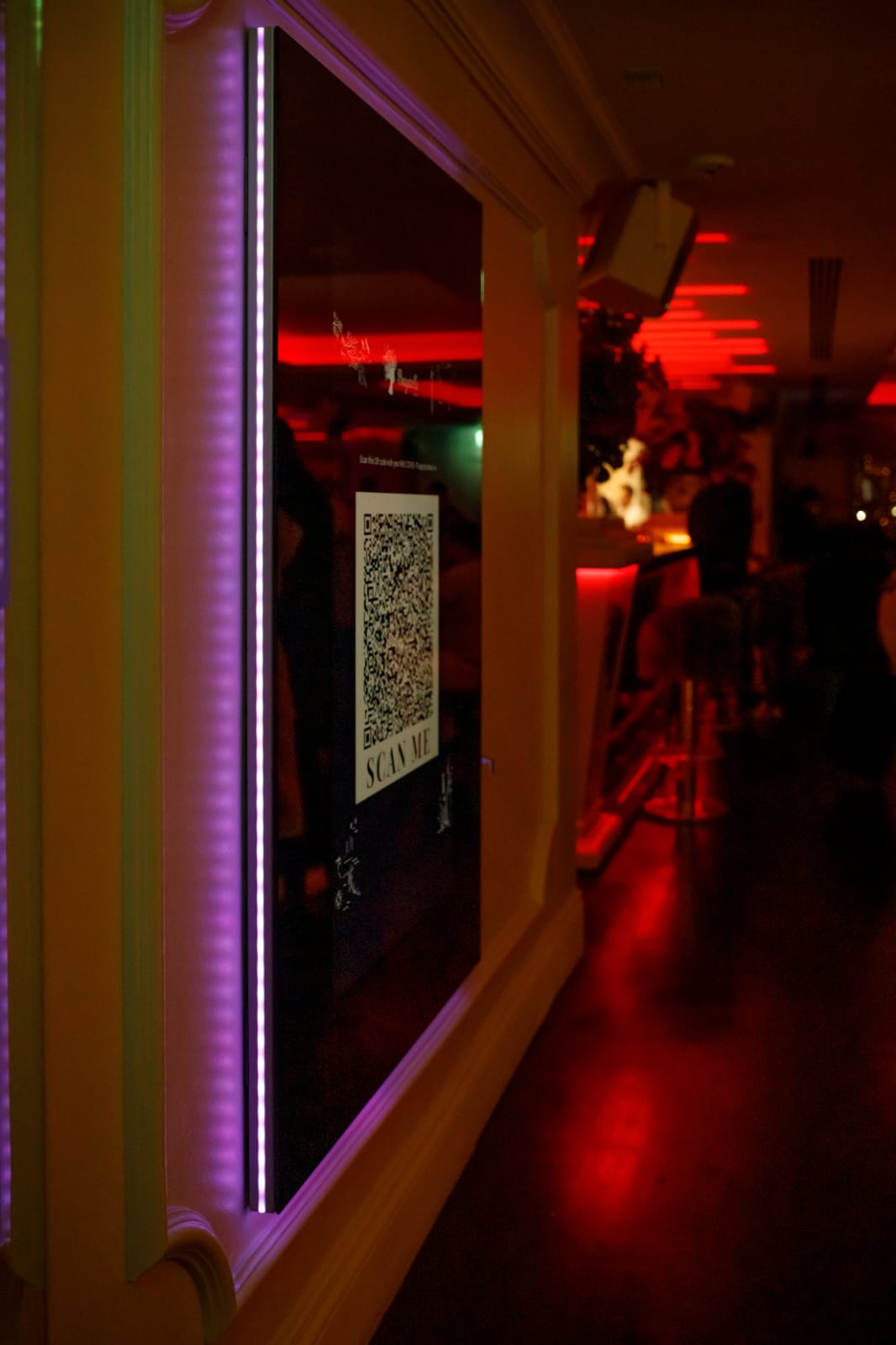Modern luxury brands advertising methods after Covid-19 pandemic from Barbara Jarabik: Hone the details – from packaging to product design, every aspect of a luxury brand should reflect quality and attention to detail. It is important to create a strong brand identity that will make your brand stand out from the competition. Focus on the customer experience. From the moment a customer interacts with your brand, you should be aiming to create a luxury experience. This should of course encompass the in store experience as well as the online experience.

Don’t neglect customer service: When you step into a designer store like Burberry or Louis Vuitton, what’s the first question you’re often asked? “Would you like a glass of champagne or tea?” That’s how it’s done. Brands like these treat their customers like kings and queens. Offering champagne and having a lounge within stores also adds to the luxurious branding. It makes you feel like you’re in a completely different world. Loyalty and repeat purchases are huge components of a successful luxury business. Customers who come back to purchase new releases or existing products have very high average lifetime values. This is why you must treat them extremely highly and ensure they are 100% satisfied. As a matter of fact, 55% of consumers would pay to have a better customer service experience.
For luxury brands, the Internet does not represent wider distribution of actual products. It’s a wider distribution of the content that evokes the desire to buy luxury products. Translated to the offline world, effective digital marketing is like running more advertisements on buses, or more TV ads, or having more stores in Central London. Exclusivity can be created online through private member groups, concierge services, or digitally-delivered loyalty perks that are reserved specifically for previous customers.
For the majority of search marketers, Google advertising is the be-all-end-all. Bing and other networks (Yahoo Gemini among them) tend to exist in their arsenal complementarity, if at all. Generally speaking, this is a bad idea. For luxury brands, it’s a cardinal sin. According to Bing, nearly one third of its audience has a household income of $100,000 or more. What does that 30% mean, exactly? 160 million unique searchers. 5 billion monthly searches. But perhaps most important to your business is the fact that Bing allows you to reach 59 million people who aren’t reached on Google. Yes, for the most part clicks on Bing are cheaper than they are on AdWords. This is awesome. But the network’s real value is the fact that you can get an additional 118 million eyeballs (a third of which have are attached to six-figure incomes) on your luxury goods.

According to a report by McKinsey digital now influences at least 45% of all luxury sales. It’s understandable why luxury brands have been hesitant to move online. Yet, with print and display advertising returns decreasing, and luxury shoppers spending more time online and on mobile devices, luxury brands need to not only adapt to survive in the digital universe, but to thrive also. While the strategies outlined below will provide useful inspiration, it’s worth pointing out that the best strategies will always come from clarifying your goal, breaking it down and brainstorming brand-specific solutions with your team. For this we’d recommend using a tool like TrueNorth or one of the marketing planning tools mentioned here. Find extra details at Barbara Jarabik.
Digital signage mirrors are another way for luxury brands to advertise efficiently : The global digital signage mirrors market was valued at USD 780 million in 2021. The global market is expected to grow at a CAGR of 12.21% to reach USD 910 million by 2023. Digital signage mirrors can vastly increase individual efficiency by choosing outfits as per weather updates while also offering bus and train schedules (including traffic updates). Digital signage mirrors in smart homes, planes, commercial spaces, hotels, etc. are designed to be connected to users as well as with different devices around. Energy efficiency is one of the major advantages that will drive the adoption of digital signage mirrors.